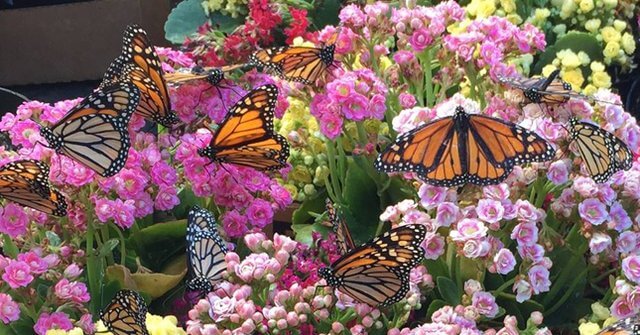

You will find them throughout most of our garden, softening the edges of beds, gracefully filling in between trees and shrubs, and trailing around the sides of our water features. Planted in masses, they add soft, flowing movement in spots where most other grasses can’t be used.

They have a cascading habit that perfectly complements large-leaved shade perennials and feathery ferns. Once I saw what these plants could do, I wondered how anyone with shade could live without them. Japanese forest grasses ( Hakonechloa macra and cvs., Zones 5–9) are also staples in my shady garden because of their great texture and steadfast performance in partial shade. The red- and chartreuse-leaved varieties weave consistent color throughout the beds, drawing one’s attention like bold brushstrokes in a painting from the moment the foliage unfurls in spring until the last of the colorful leaves drop in autumn. These trees serve as an always interesting middle layer between the lower-growing shrubs and herbaceous plants in our garden, and the magnificent oak trees that dominate the landscape. We now have quite a few Japanese maples I stopped counting at 250. Up close (above), these hues play off each other, especially when there is also bold textural contrast. When viewed from a distance (below), the two colors thread through the garden, tying beds together and making the space feel unified. Deep red and chartreuse create a repeating theme. This may not be the most efficient way to site trees, but we had a lot of fun doing it. We would choose a spot and take turns standing there, arms up, pretending to be the tree in question, while the other stood back to guess how the end result might look. Imagine the scene when my daughter and I brought home our first trees. Japanese maples, Japanese forest grass, and hostas perform beautifully in partial shade, and their reliable, season-long color creates an eye-catching backdrop for an ever-changing floral show. Filtered sunlight perfectly suits this plant palette. So, not knowing much about gardening, I started with a few of these small trees, which are adapted to grow in the bright, filtered light of the forest understory. I love the array of colors they provide from spring through fall, as well as the gorgeous branch structures they reveal in winter. shirasawanum, Zones 5–8) have always caught my eye. Japanese maples (cultivars of Acer palmatum, A. Plant what you love, but be sure your favorites are sited right The key has been to find a palette of shade-loving plants with a long season of color and interest. I have grown to love the shade, and I can’t imagine what my garden would be like without it.
#SHADE GARDEN FULL#
The plants teach me what they can do, and I try my best to help them reach their full potential. Building on a palette of a few favorite plants, I became part of an evolving process. When it was finally time to start planting, my approach was very intuitive. What would I do with all of this space and all of this shade? I spent hours walking the site, watching how the light changed throughout the day, and I studied garden magazines and plant catalogs to figure out what could thrive in dappled shade under a canopy of mature oaks. The idea of creating a new design from scratch was daunting. After my husband and I moved into our home in 2004, I waited four years before starting a garden.


 0 kommentar(er)
0 kommentar(er)
